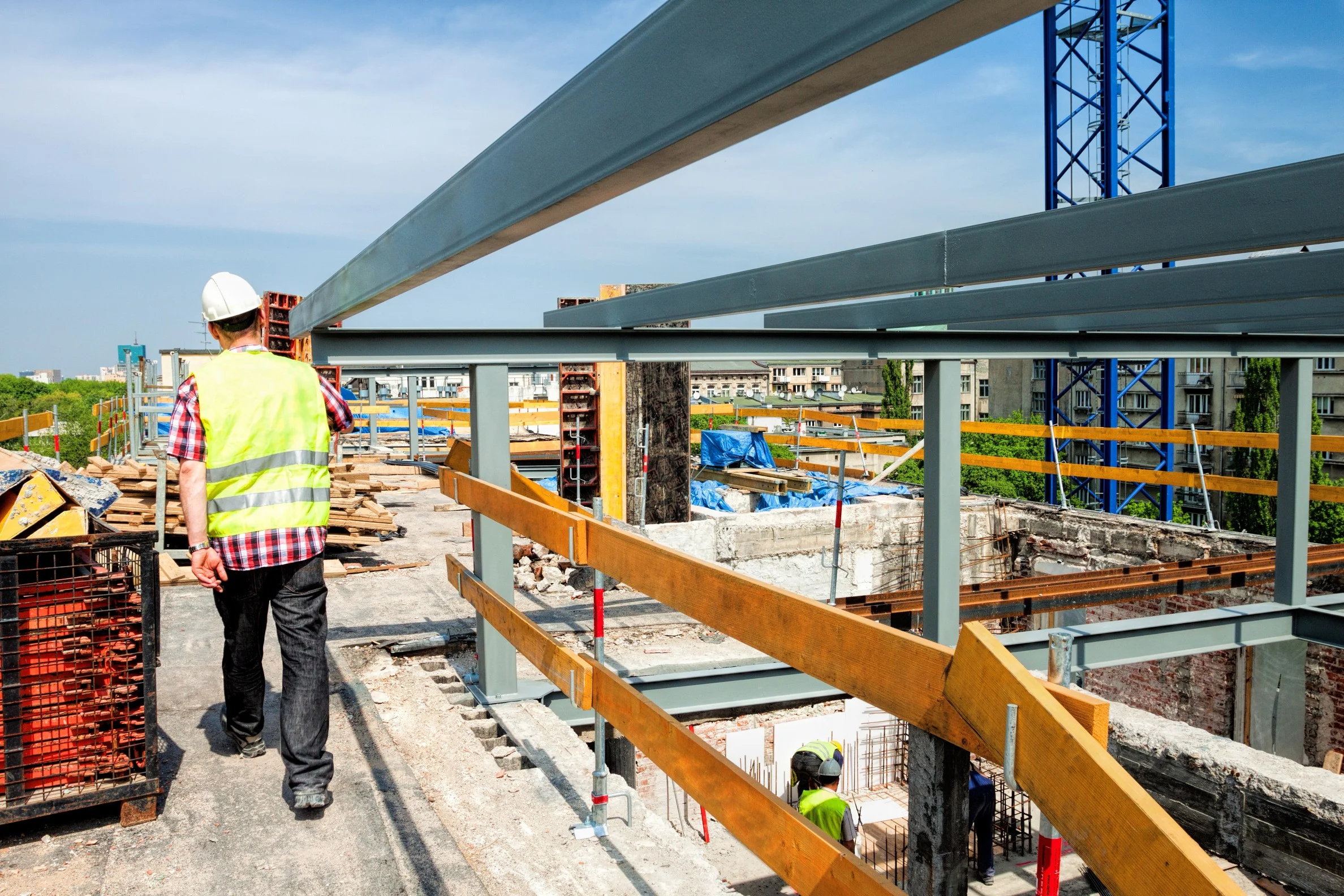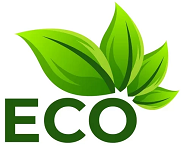
As the world faces increasing environmental challenges, the construction industry is actively seeking innovative ways to reduce its carbon footprint and promote sustainability. This shift is evident in the increased adoption of sustainable building materials, green roofing, insulation solutions, and eco-friendly awnings and shades. Let’s delve deeper into these developments to better understand their role in shaping an eco-responsible future.
1. Sustainable Building Materials
The foundation of any construction, sustainable building materials play a pivotal role in determining the eco-friendliness of the structure. These materials are either naturally sourced, have minimal environmental impact during their production, or they may be recycled or upcycled products. Some common examples include:
- Bamboo: This rapidly growing grass is robust, versatile, and biodegradable. Given its quick growth cycle, bamboo can be harvested frequently without causing ecological harm.
- Recycled Steel: Rather than producing new steel, which requires a lot of energy, recycled steel reduces environmental impact without compromising on strength and resilience.
- Straw Bales: Used for building walls inside a frame, straw acts as a natural insulator and is also biodegradable.
These materials not only reduce the carbon footprint of a construction project but also provide long-lasting durability, making them a win-win for both the environment and homeowners.
2. Green Roofing & Insulation
Roofs have traditionally been an overlooked component in sustainable architecture, but this is rapidly changing with the advent of green roofing. Green roofs are essentially living roofs covered with vegetation. They offer a myriad of benefits:
- Temperature Regulation: The layers of soil and plants insulate the building, thereby reducing the need for artificial heating or cooling.
- Improved Air Quality: The plants on a green roof absorb carbon dioxide and release oxygen, providing a natural air purification system.
- Stormwater Management: Green roofs can absorb and filter rainwater, thus reducing the risk of floods.
Along with green roofing, insulation advancements like sheep’s wool, cellulose, and expanded cork insulations provide natural alternatives to traditional synthetic insulation materials. These natural insulators are biodegradable, non-toxic, and sourced sustainably, ensuring that buildings retain heat efficiently without harming the environment.
3. Eco-friendly Awnings & Shades
While the primary focus of sustainable architecture often lies with the main building components, it’s crucial not to overlook the accessories that accompany them. Awnings and shades, for instance, play a significant role in controlling the internal temperature of buildings.
Modern eco-friendly awnings are constructed using sustainable or recycled materials. These awnings effectively shield windows from direct sunlight, reducing the internal temperature during hot days. Consequently, this minimizes the need for air conditioning, leading to reduced energy consumption. Similarly, sustainable shades, often made from natural or recycled fabrics, work to insulate windows, further enhancing the building’s energy efficiency.
The rise in demand for such awnings and shades also fuels the market for innovative designs. Many of these are not only environmentally friendly but also aesthetically appealing, proving that sustainability doesn’t need to come at the cost of style.
Conclusion
The construction industry’s pivot towards sustainability is a testament to our evolving understanding of ecological responsibility. Through the adoption of sustainable building materials, green roofing systems, advanced insulation methods, and eco-friendly awnings and shades, architects and builders are setting new standards for the future of construction.
This shift promises a future where buildings harmoniously coexist with nature, consuming fewer resources, and offering inhabitants healthier living spaces. As consumers become more environmentally conscious, the demand for such sustainable construction will only grow, driving further innovations in this sector.
Ultimately, this journey towards sustainability is not just about preserving our planet for future generations but also about creating spaces that nurture and sustain our well-being today.
Los Angeles
Los Angeles (US: /lɔːsˈændʒələs/ (![]() listen) lawss AN-jəl-əs; Spanish: Los Ángeles [los ˈaŋxeles], lit. ’The Angels’), often referred to by its initials L.A.,[13] and officially the City of Los Angeles, is the most populous city in the state of California. With roughly 3.9 million residents within the city limits as of 2020,[7] Los Angeles is the second-most populous city in the United States, behind only New York City, and is the commercial, financial, and cultural center of the Southern California region. Los Angeles has a Mediterranean climate, an ethnically and culturally diverse population, and a sprawling metropolitan area.
listen) lawss AN-jəl-əs; Spanish: Los Ángeles [los ˈaŋxeles], lit. ’The Angels’), often referred to by its initials L.A.,[13] and officially the City of Los Angeles, is the most populous city in the state of California. With roughly 3.9 million residents within the city limits as of 2020,[7] Los Angeles is the second-most populous city in the United States, behind only New York City, and is the commercial, financial, and cultural center of the Southern California region. Los Angeles has a Mediterranean climate, an ethnically and culturally diverse population, and a sprawling metropolitan area.
The majority of the city proper lies in a basin in Southern California adjacent to the Pacific Ocean in the west and extending partly through the Santa Monica Mountains and north into the San Fernando Valley, with the city bordering the San Gabriel Valley to its east. It covers about 469 square miles (1,210 km2),[6] and is the county seat of Los Angeles County, which is the most populous county in the United States with an estimated 9.86 million residents as of 2022.[14] It is the third-most visited city in the U.S. with over 4.6 million visitors as of 2019.[15]
The area that became Los Angeles was originally inhabited by the indigenous Tongva people and later claimed by Juan Rodríguez Cabrillo for Spain in 1542. The city was founded on September 4, 1781, under Spanish governor Felipe de Neve, on the village of Yaanga.[16] It became a part of Mexico in 1821 following the Mexican War of Independence. In 1848, at the end of the Mexican–American War, Los Angeles and the rest of California were purchased as part of the Treaty of Guadalupe Hidalgo and became part of the United States. Los Angeles was incorporated as a municipality on April 4, 1850, five months before California achieved statehood. The discovery of oil in the 1890s brought rapid growth to the city.[17] The city was further expanded with the completion of the Los Angeles Aqueduct in 1913, which delivers water from Eastern California.
Los Angeles has a diverse economy with a broad range of industries, best known as the home of the Hollywood film industry. It also has one of the busiest container ports in the Americas.[18][19][20] In 2018, the Los Angeles metropolitan area had a gross metropolitan product of over $1.0 trillion,[21] making it the city with the third-largest GDP in the world. Los Angeles hosted the Summer Olympics in 1932 and 1984, and will also host in 2028. More recently, statewide droughts in California have strained both the city’s and Los Angeles County’s water security.[22][23]
Toponymy
On September 4, 1781, a group of 44 settlers known as “Los Pobladores” founded the pueblo (town) they called El Pueblo de Nuestra Señora la Reina de los Ángeles, ‘The Town of Our Lady the Queen of the Angels’.[24] The original name of the settlement is disputed; the Guinness Book of World Records rendered it as “El Pueblo de Nuestra Señora la Reina de los Ángeles de Porciúncula“;[25] other sources have shortened or alternate versions of the longer name.[26]
The local English pronunciation of the name of the city has varied over time. A 1953 article in the journal of the American Name Society asserts that the pronunciation /lɔːsˈændʒələs/ lawss AN-jəl-əs was established following the 1850 incorporation of the city and that since the 1880s the pronunciation /loʊsˈæŋɡələs/ lohss ANG-gəl-əs emerged from a trend in California to give places Spanish, or Spanish-sounding, names and pronunciations.[27] In 1908, librarian Charles Fletcher Lummis, who argued for the name’s pronunciation with a hard g (/ɡ/),[28][29] reported that there were at least 12 pronunciation variants.[30] In the early 1900s, the Los Angeles Times advocated for pronouncing it Loce AHNG-hayl-ais (/loʊsˈɑːŋheɪleɪs/), approximating Spanish [los ˈaŋxeles], by printing the respelling under its masthead for several years.[31] This did not find favor.[32]
Since the 1930s, /lɔːsˈændʒələs/ has been most common.[33] In 1934, the United States Board on Geographic Names decreed that this pronunciation be used.[31] This was also endorsed in 1952 by a “jury” appointed by Mayor Fletcher Bowron to devise an official pronunciation.[27][31]
Common pronunciations in the United Kingdom include /lɒsˈændʒɪliːz,-lɪz,-lɪs/ loss AN-jil-eez, -iz, -iss.[34] Phonetician Jack Windsor Lewis described the most common one, /lɒsˈændʒɪliːz/ (![]() listen), as a spelling pronunciation based on analogy to Greek words ending in -es, “reflecting a time when the classics were familiar if Spanish was not”.[35]
listen), as a spelling pronunciation based on analogy to Greek words ending in -es, “reflecting a time when the classics were familiar if Spanish was not”.[35]
ESA Awnings Inc.
Address: 1901 1/2 N San Fernando Rd, Los Angeles, CA 90065
Call: +1 (323)-441-0108
Email: info@ESAawnings.com
